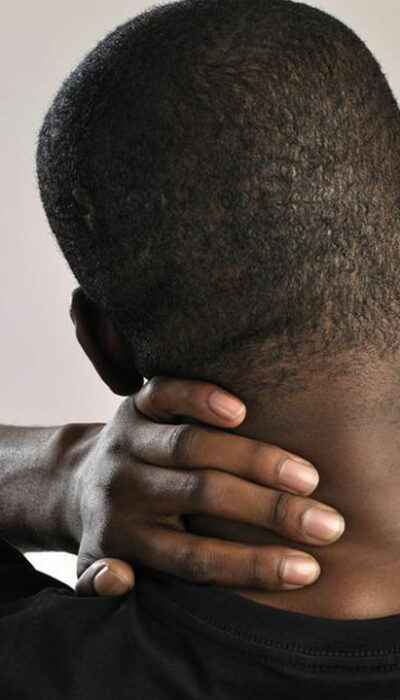
4 Important Factors You Need to Know about Partial Onset Seizures
What is a partial onset seizure? An abnormal electrical activity in the human brain causes these types of seizures. Specific underlying medical conditions can also lead to a seizure, and the patients have to keep a record of their seizures to assist the doctor to find out the triggers in a more efficient way. Here are the four important aspects you need to know about partial onset seizure: Learn about major symptoms of partial onset seizures Partial onset seizures can be classified into two categories, and they include simple partial seizures and complex partial seizures. As far as a simple partial onset seizure is concerned, you do not have to worry about losing consciousness. However, you may have to deal with a change in feelings or emotions at the same time. The way in which you hear, smell, or see things is also going to change. It can often be compared to a focal seizure without losing consciousness. When it comes to complex partial seizure, you may have to deal with the loss of consciousness and awareness. Meaningless or non-purposeful movements can be associated with a complex seizure. Rubbing your hands and smacking your lips are good examples and this type of partial seizure can also be referred to as focal dyscognitive seizure. Create better understanding of the leading causes Different types of lifestyle factors, underlying medical conditions and behaviors play an important role in triggering a seizure. If you can manage to find out the trigger, you will become successful in preventing future seizures. You can control some of the triggers in an easy way, but some others are really difficult to control. When you have to deal with a seizure, you have to consult with your doctor. You can take notes about the past seizures you have encountered, and this method helps your doctor find out the frequency of seizures and your pattern of behavior during each seizure.










